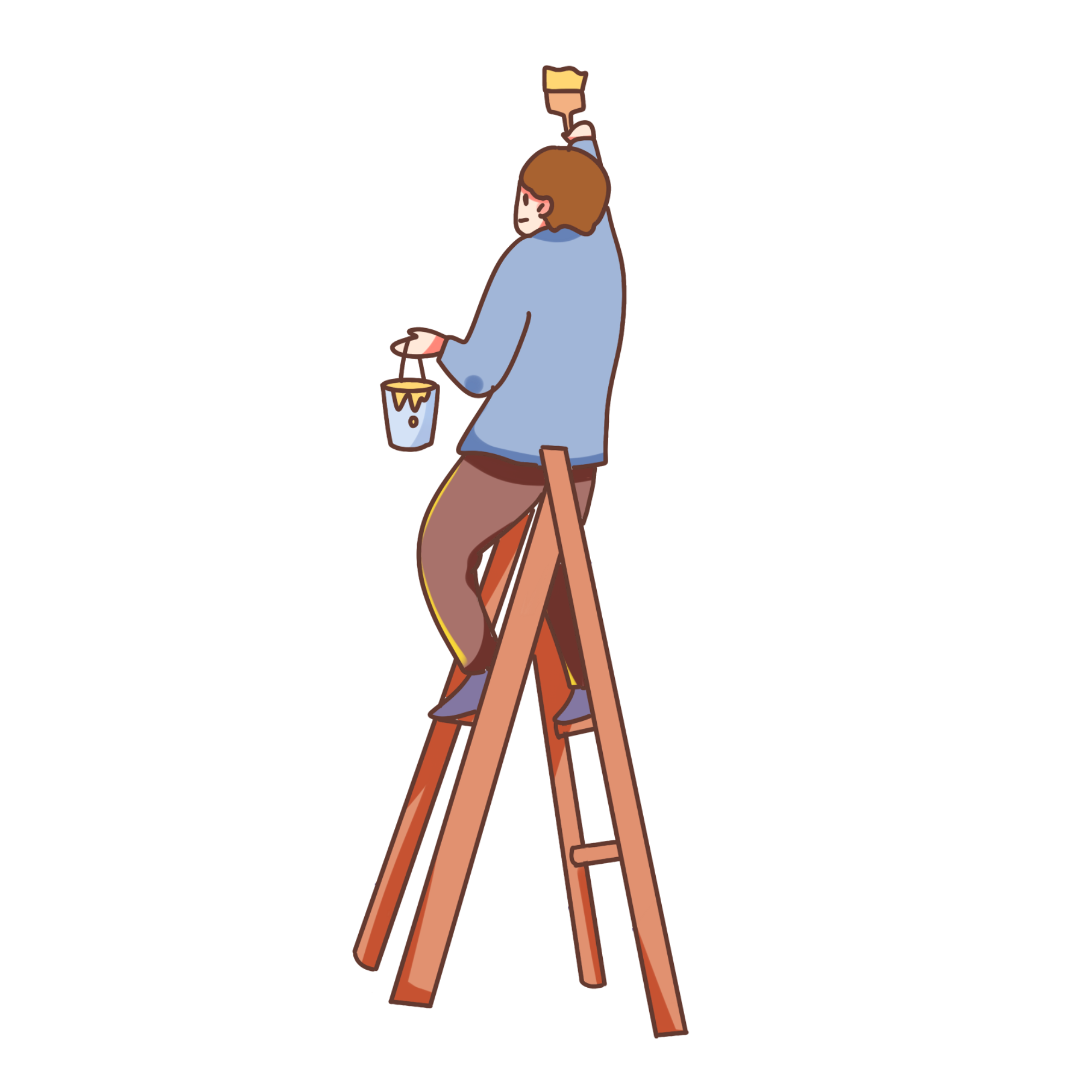Setting priorities when you move into a home Everybody finds things to improve, whether their house is brand new or a hundred years old. Even in a custom-built home, there is always room for improvement. …
Continue reading
Internet PR Consultant

Setting priorities when you move into a home Everybody finds things to improve, whether their house is brand new or a hundred years old. Even in a custom-built home, there is always room for improvement. …
Continue reading